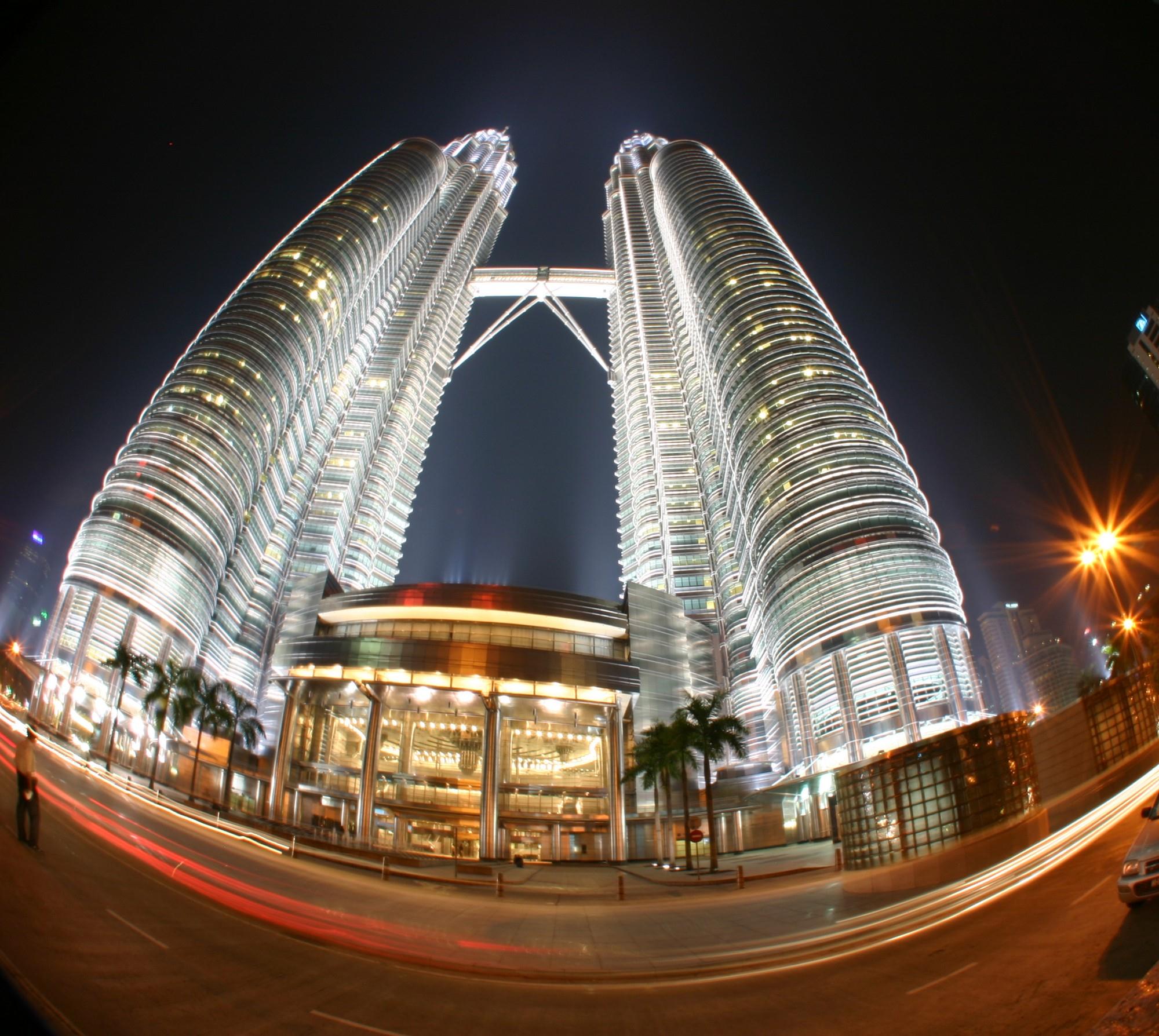Whilst Asian countries dominate the 2016 Agility Emerging Markets Logistics Index, Southeast Asian countries look set to remain strong throughout.
“Less obvious has been the stellar performance of several countries in Southeast Asia, including Indonesia (No. 4), Malaysia (No. 8) and Thailand (No. 14). The Philippines (No. 16) and Vietnam (No. 19) advanced three and two spots, respectively, in the 2015 Index,” the report accompanying the Index noted.
 Indonesia climbed one spot to No. 4, and Malaysia (8) and Thailand (14) retained their positions from last year, the report added.
Indonesia climbed one spot to No. 4, and Malaysia (8) and Thailand (14) retained their positions from last year, the report added.
Several factors helped Indonesia, Vietnam and the Philippines rise up the Index, now in its sixth year, which ranks emerging markets based on their size, business conditions, infrastructure and what makes them attractive for investment by logistics companies, air cargo carriers, shipping lines, freight forwarders and distribution companies.
It is not just a matter of trade, but also of being connected and having the infrastructure and the right support around it.
“You improve connectivity by building transport systems, logistics nodes and an IT backbone. You move commerce through that infrastructure by developing clear, transparent, fair, competition-based, business-friendly rules and regulations,” Essa Al-Saleh, CEO and president of Agility Global Integrated Logistics told Asia Cargo News about how the index is calculated.
Paradoxically, Indonesia manages to do both. Blessed by being the region’s largest economy, Indonesia’s problem is poor infrastructure, which deters investment. Offsetting this, new political leadership has pledged to increase GDP growth to 7% by 2018 and has committed to boost infrastructure by expanding the railway network and building new roads, airports and seaports.
In the case of the Philippines, the rise in the index reflects improving sentiment as the pro-business government of Benigno Aquino comes to an end. “The country also improved its standing among supply chain executives surveyed. They pushed the Philippines up five spots (to No. 15) among countries they said will emerge as a major logistics market,” according to Agility.
Vietnam climbed as strong growth in its apparel/textiles and high-tech goods sectors spurred more exports and foreign direct investment. A particular part of this was booming air cargo in Vietnam.
“The fastest-growing trade lanes linking emerging Southeast Asia and developed markets in 2014 were US-Vietnam (up 42.7% by volume) and Cambodia-EU (up 41.9%) for air cargo; and US-Thailand (up 42.2%) and EU-Philippines (up 29.9%) for ocean shipments,” Agility said in a statement.
Nor are these alone. Of the top 20 fastest-growing sea lanes, six are between Southeast Asia and the EU or the US. The two mentioned above are third and seventh, respectively, ahead of US-Vietnam (13) US-Philippines (15), US-Indonesia (16) and EU-Vietnam which grew 16.3%, 13.7%, 12.2% and 12.1% respectively.
These figures are spurred by commodity exports, especially grains, with some fertilizers also being moved. The other way around – from emerging markets – sees Vietnam stand alone as its trade with the EU rose 21.5% to 3.326 million tonnes.
Cambodia’s air cargo spurt is one of the few positive mentions of Cambodia, a country which bucked the general trend of improvement by sinking three places. This was caused by poor domestic demand, as a fifth of the population still live in poverty, as well as by corruption and lack of infrastructure.
In that problem, Cambodia is not alone.
“Cambodia and Myanmar both need better connectivity. In the case of Myanmar, Thailand serves as a market and offers world-class infrastructure that is an export platform for its goods. Until Myanmar builds its own logistics network and transport infrastructure, it will be heavily reliant on Thailand,” Al-Saleh told Asia Cargo News.
All this, though, is set to reconfigure much of the logistics industry with an increasingly Southeast Asian emphasis. The big winner is the Philippines which, in a subindex about potential, stormed up five places to 15th in addition to its above-reported move.
Resilient domestic demand combined with growth in the country’s major export industries. In US dollar terms, electronics export values have risen 71% over the past two years, while machinery export values are up 31% over the same period, Agility noted.
“The Philippines has transformed itself from the ‘sick man of Asia’ to the fastest-growing economy in Southeast Asia. It has enacted a number of business-friendly reforms, including several aimed at attracting more investment from multi-nationals interested in offshoring their IT and business-process operations. The business climate has improved with changes to competition policy, tax incentives, health insurance and liberalized banking,” Al-Saleh said.
“The country’s growth could probably accelerate even more if infrastructure projects, many of them public-private partnerships, came on line faster, and if foreign direct investment rules were clarified and liberalized,” he added.
By Michael Mackey
Southeast Asia Correspondent | Bangkok